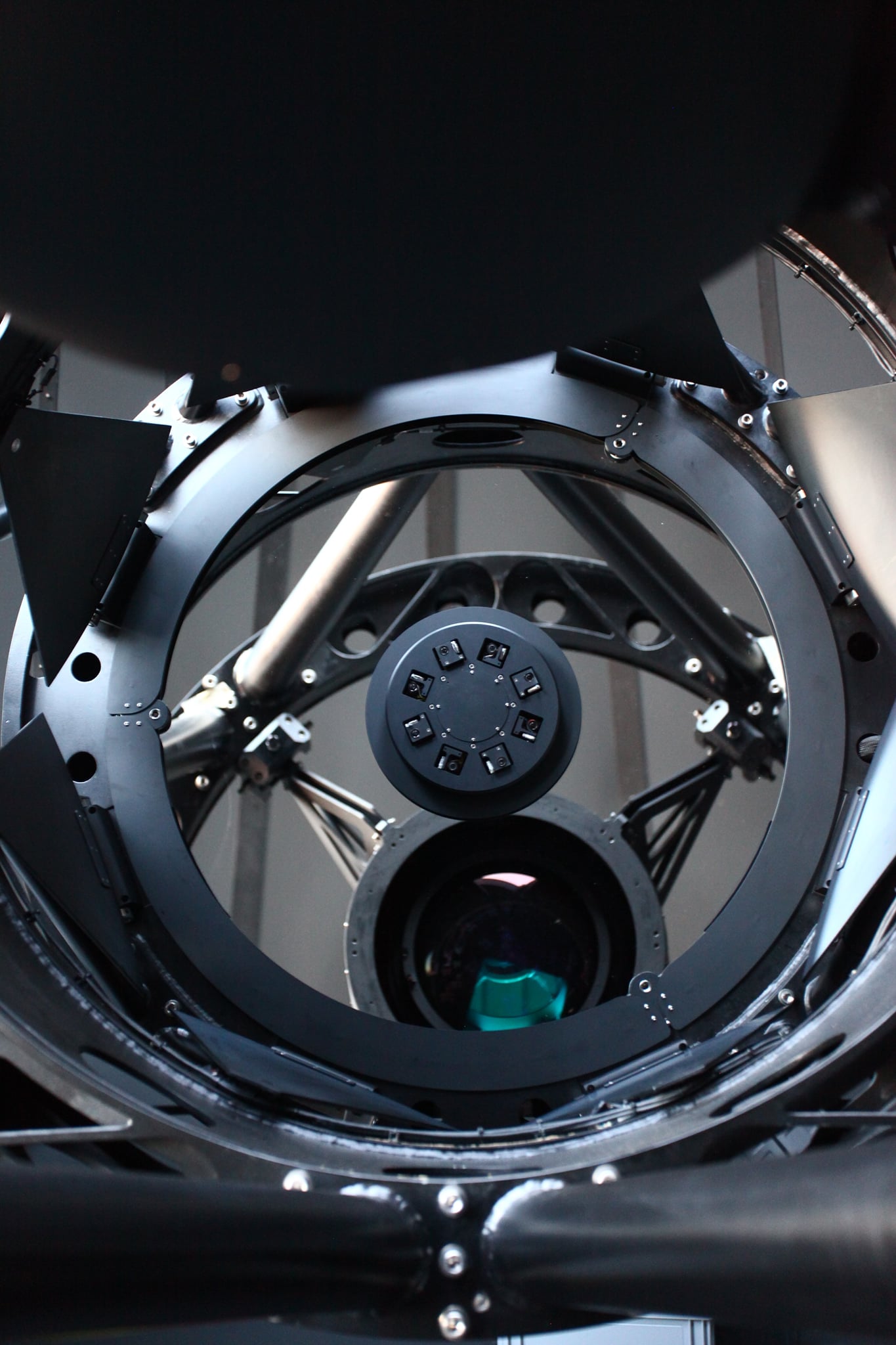Wide-field Mufara Telescope
1-meter wide-field telescope, world prototype for this type of observational instrument. The Telescope was placed on the summit of Mount Mufara in September-October 2020, Credits: Officina Stellare/GAL Hassin
The WMT will make fundamental contributions to the study of asteroids potentially hazardous for the Earth. Other key science areas include the study of the monitoring of large and medium-sized space debris, the detection of optical counterparts of gravitational waves, the discovery and characterization of exoplanets through the method of transits, the detection and photometric follow-up of novae events and the study of galactic and extragalactic variable sources.
Read all
Commissioning and first tests
Commissioning and first tests of the Wide-field Mufara Telescope.
The time between first light and science operation is used to verify, quantify, qualify and optimize the functionality and performance of the telescopes and their instruments.
Credits: Officina Stellare/GAL Hassin/Alessandro Nastasi
Telescope Assembly
Telescope Assembly. Mount Mufara, September-October 2020. Credits: Officina Stellare/GAL Hassin/Alessandro Nastasi
Waiting for watching the Universe
First tests and calibrations for the WMT, October 2020. Credits: GAL Hassin/Alessandro Nastasi
In the reign of the WMT telescope
The dome housing the WMT telescope is visible on top of Mount Mufara. Credits: GAL Hassin/Alessandro Nastasi
Galhassin Robotic Telescope
Made by Officina Stellare (Thiene, Vicenza).
Optical configuration
Reflector telescope – Ritchey Chrétien optics
400 mm aperture
focal ratio f3.8
wide-field 83x83arcmin correct
Building
The dome housing the big telescope is 3m in diameter
Asteroid hunting
The GAL Hassin Robotic Telescope in its new dome of 3 meters in diameter. Credits: GAL Hassin/Alessandro Nastasi
GRT is mainly used to the confirmation and monitoring of Near Earth Objects (NEOs), Trans-Neptunian Objects (TNOs), comets, space debris, constellation satellites and also exoplanetary transits for the ExoClock project (European Space Agency).
Read all


